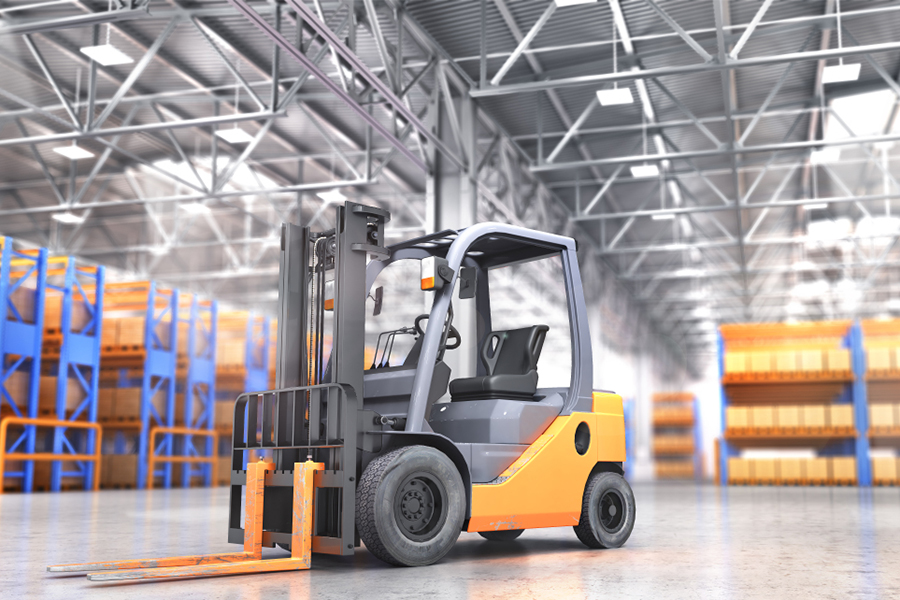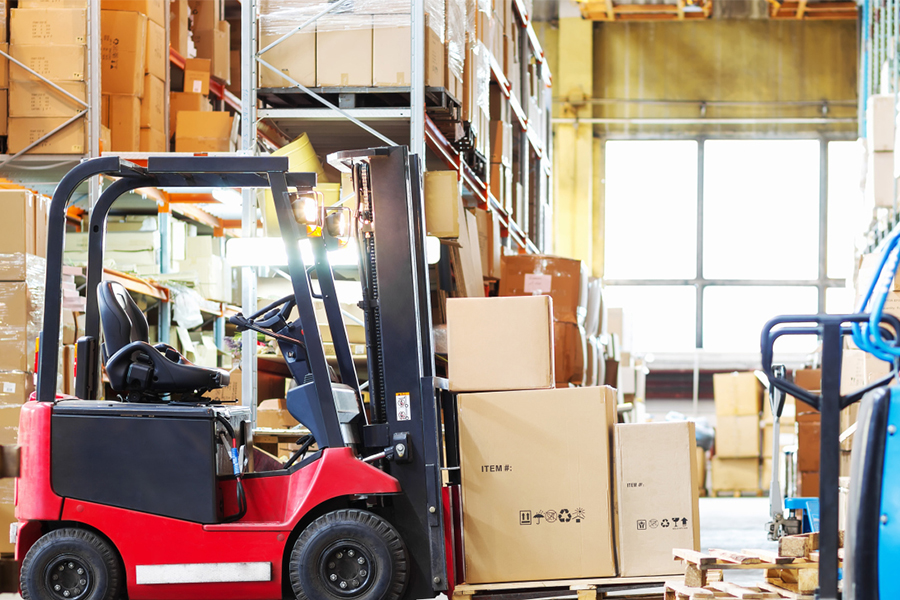

The significance of Pallet Jack Lift heights cannot be overstated in the realm of warehouse operations. Understanding the diverse array of lift capabilities across various pallet jack types is crucial for optimizing efficiency and safety. From manual to electric models, each offers distinct advantages tailored to specific needs. This blog aims to shed light on the nuances of lift heights, empowering readers to make informed decisions when selecting the ideal pallet jack for their operational requirements.
Manual Pallet Jacks
Manual pallet jacks are essential tools in warehouse operations, offering a reliable means of transporting goods efficiently. Understanding the lift capabilities of these jacks is crucial for optimizing workflow and ensuring safety within the workspace.
Standard Lift Heights
When it comes to standard lift heights, manual pallet jacks typically have a maximum height ranging from 20 to 28 inches. This range allows for the easy maneuvering of pallets within warehouses and distribution centers, accommodating various load sizes and weights. The versatility of these standard lift heights makes manual pallet jacks suitable for a wide array of applications, from loading and unloading trucks to organizing inventory on shelves.
Typical Range
The typical lift range of manual pallet jacks caters to loads weighing between 3,000 to 5,500 pounds. This weight capacity ensures that most common warehouse items can be easily lifted and moved with precision. The simplicity and effectiveness of manual pallet jacks make them an ideal choice for businesses looking to streamline their material handling processes without compromising on efficiency.
Applications
Manual pallet jacks find extensive use in industries where smaller loads need to be transported short distances. Their ergonomic design and straightforward operation make them perfect for tasks such as restocking shelves, moving merchandise in retail settings, or transferring goods from one area to another within a facility. With their ability to handle various load sizes and weights, manual pallet jacks serve as indispensable assets in enhancing operational productivity.
Electric Pallet Jacks
Electric Pallet Jacks are a staple in warehouse operations, offering enhanced capabilities compared to their manual counterparts. Understanding the lift heights and advantages of these electric models is essential for businesses looking to optimize their material handling processes.
Lift Heights
The Electric Pallet Jacks boast impressive lift heights, with standard models reaching up to 6 feet or 1.83 meters. This extended reach allows for efficient stacking and organizing of inventory, maximizing vertical storage space within warehouses. The ability to elevate loads to such heights enhances operational efficiency by reducing the need for excessive manual labor and minimizing the risk of workplace injuries.
Advantages
One of the primary advantages of Electric Pallet Jacks is their superior weight-bearing capacity. These electric models can handle loads ranging from 2,000 to 10,000 pounds, making them ideal for heavy-duty applications in industrial settings. Additionally, the motorized functionality of electric pallet jacks facilitates quicker transport of goods over longer distances, increasing overall productivity within the workspace.
Specific Uses
High-Lift Electric Models, such as the High Lift Pallet Jack, offer even greater lifting capabilities, with maximum heights reaching up to 33 inches. These specialized electric pallet jacks are designed for tasks that require elevated positioning of goods, such as loading/unloading trucks or stacking inventory on high shelves. Their robust construction and advanced features make them indispensable tools for streamlining warehouse operations and optimizing storage space.
Choosing the Right Pallet Jack
Assessing Needs
When determining the appropriate pallet jack for operational requirements, it is essential to first evaluate the Load Requirements. Understanding the weight capacities that different models can handle is crucial in ensuring efficient material handling processes. By assessing the typical loads that need to be transported within the workspace, businesses can select a pallet jack that aligns with their specific demands.
In addition to load considerations, Space Constraints play a significant role in choosing the right pallet jack. Evaluating the available space for maneuvering and storage is vital for seamless operations. By analyzing the dimensions of aisles, storage areas, and overall workspace layout, organizations can identify whether a manual or electric pallet jack would be more suitable based on spatial limitations.
Comparing Models
When comparing Manual vs. Electric pallet jacks, several key differences come into play. Manual pallet jacks offer a lower immediate cost and require less maintenance throughout their lifespan compared to electric models. On the other hand, electric pallet jacks leverage motorized operation for increased productivity, enabling them to handle heavier loads across a wider area while reducing workplace injuries and workers' compensation claims.
In terms of functionality, Electric Pallet Jacks rely on a motorized system for operation, simplifying usage for operators. In contrast, manual pallet jacks necessitate manual force through hydraulic mechanisms. Moreover, electric pallet jacks feature rechargeable battery systems that need periodic recharging to maintain optimal performance levels.
Recap of Key Points on Pallet Jack Lift Heights:
- Understanding the diverse lift capabilities of manual and electric pallet jacks is crucial for optimizing operational efficiency.
- Manual pallet jacks typically offer standard lift heights ranging from 20 to 28 inches, while electric models can reach up to 6 feet.
- The variations in lift heights cater to different needs and applications within warehouse and logistics settings.
Importance of Choosing the Right Model:
- Selecting the appropriate pallet jack, such as the Jungheinrich EJE 120 or the Zoomsun PPT15 Walkie Electric Pallet Jacks, enhances productivity and safety.
- The right model improves workflow efficiency, reduces maintenance costs, and ensures seamless material handling operations.
Final Thoughts on Enhancing Efficiency and Safety:
- Whether manual or electric, a quality pallet jack is essential for streamlining material transport in various industries.
- Investing in the right pallet jack boosts employee efficiency, productivity, and overall operational success.
Post time: May-24-2024
